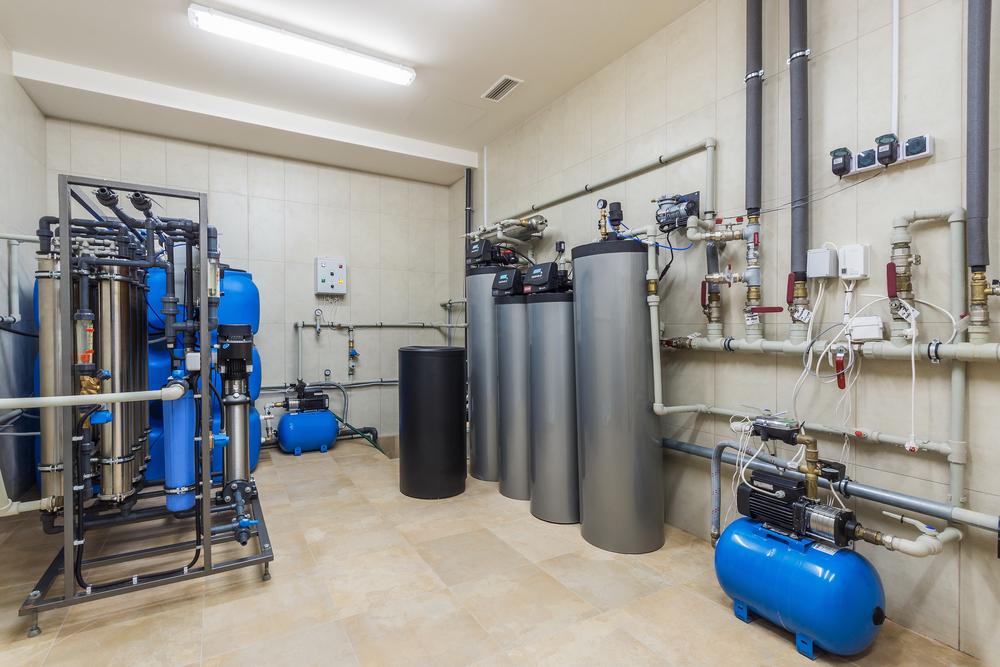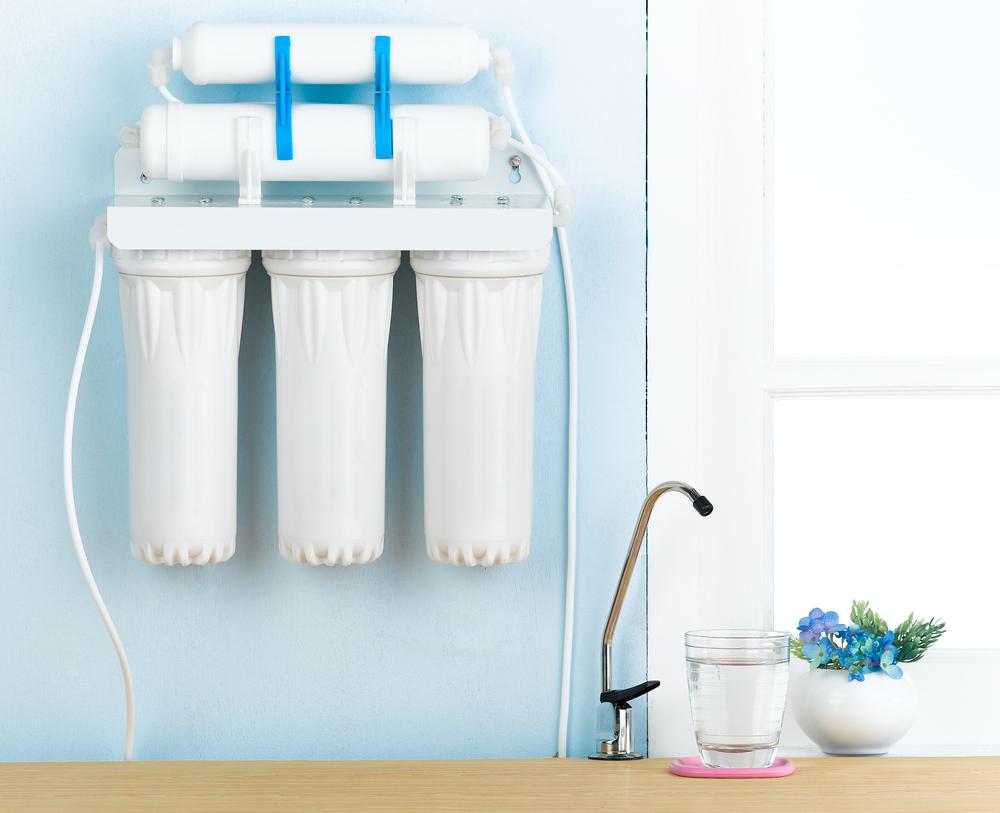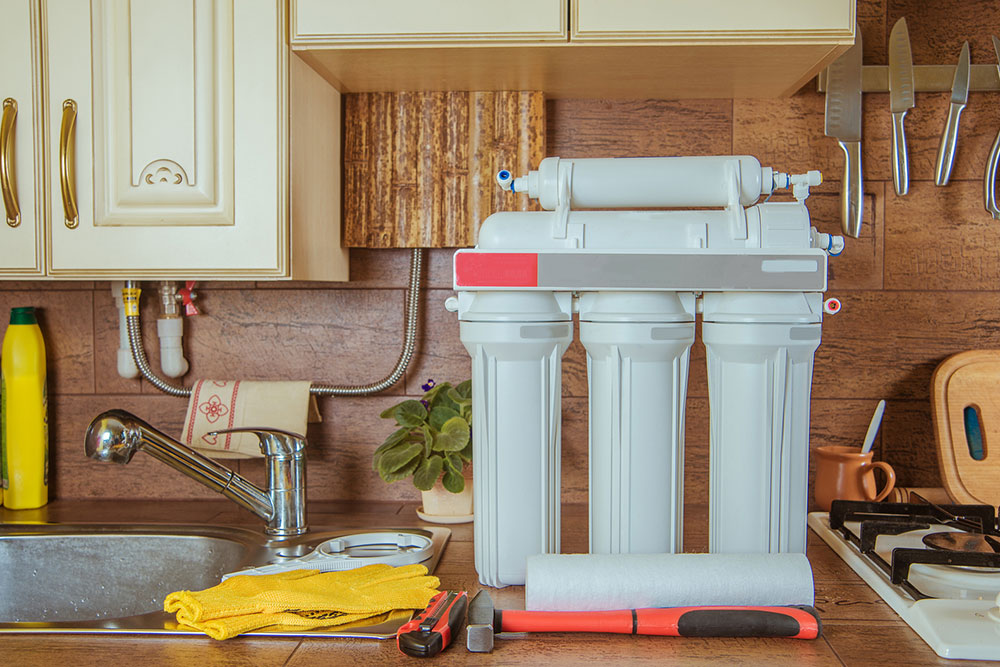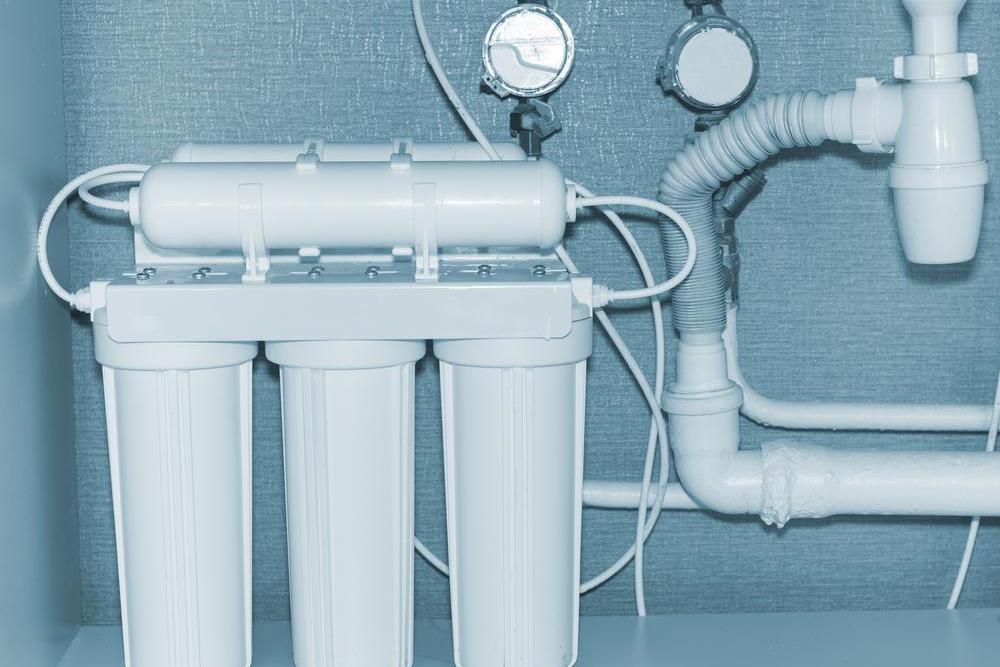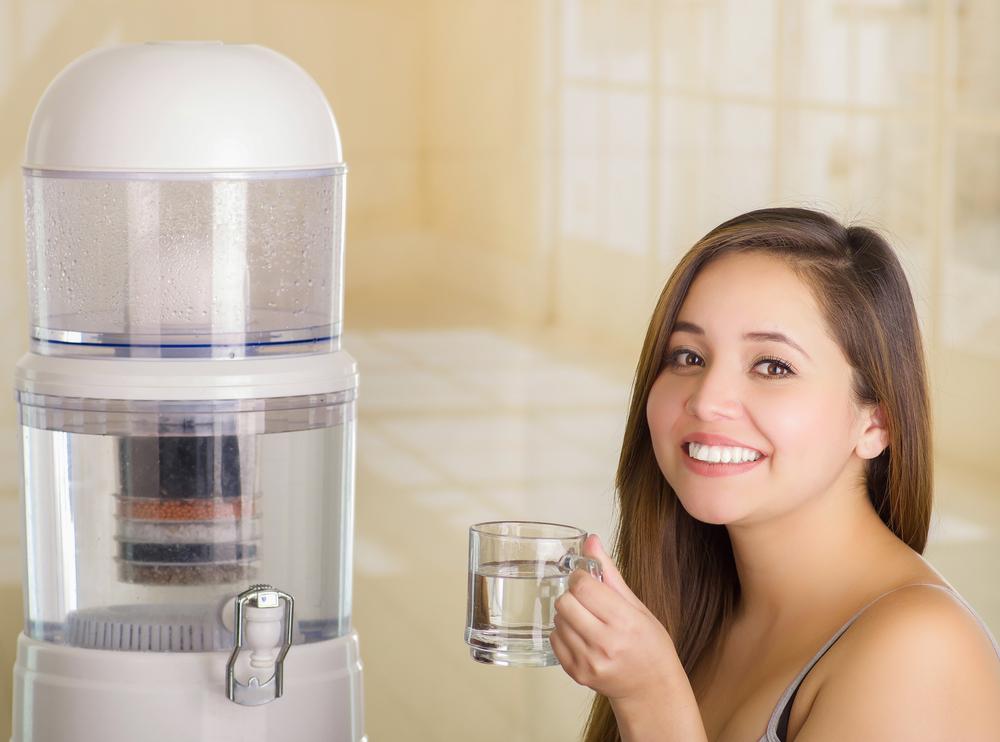Water Filtration vs. Purification: Choosing the Right System for Your Home
Learn the key differences between water filters and purifiers to choose the best water treatment system for your home. Understand how each device works, their applications, and suitable usage scenarios to ensure safe, clean drinking water. Expert guidance helps you make an informed decision based on your water quality, ensuring health and safety with the right technology.
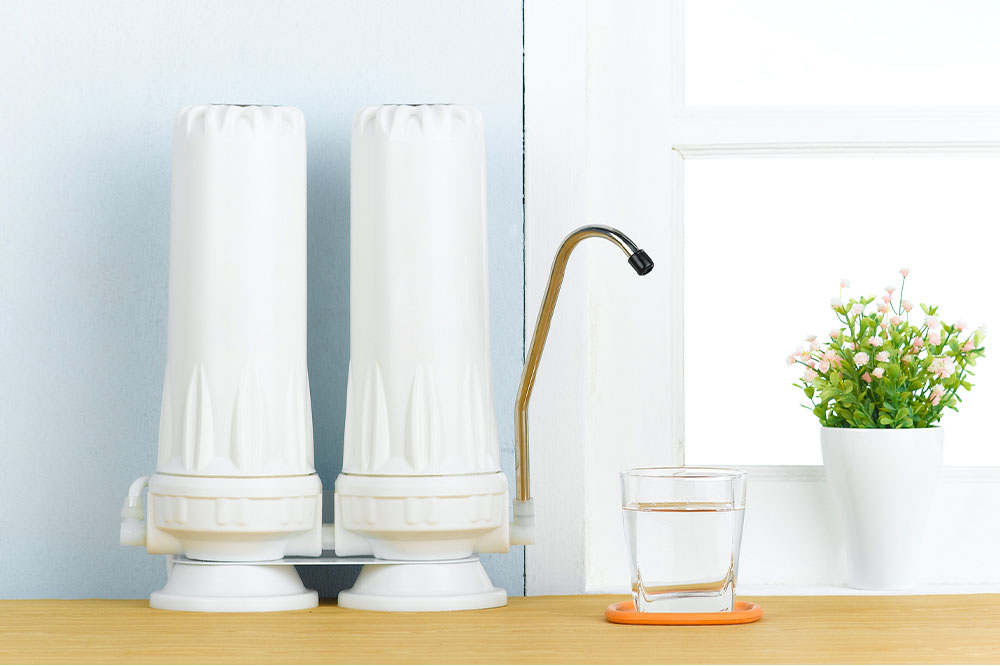
Water Filtration vs. Purification: Making an Informed Choice
Only a small fraction of Earth’s freshwater—about 1.2%—is suitable for drinking, making water treatment crucial. Modern technology offers effective solutions to improve drinking water quality. Water filters and purifiers are now essential household appliances, often confused but with distinct functionalities. Understanding their differences helps you select the right system for your needs.
Differences Between Water Filters and Purifiers
Both devices aim to eliminate impurities such as sediments, chemicals, bacteria, and viruses from water, but they do so differently.
Water Filters
Water filters operate primarily on the principle of physical filtration. They contain various filter media that trap sediments, organic compounds, heavy metals, chlorine, pesticides, and scale.
Applications
Remove microscopic particles, sediments, and biological contaminants like bacteria and cysts. However, they may not effectively eliminate chemicals and viruses.
Improve water clarity, texture, and taste.
Types include whole-house filters, point-of-use (tap or under-sink), and shower filters designed for specific needs.
Water purifiers focus on removing biological contaminants and chemicals through advanced processes. They are capable of nearly complete decontamination.
Uses
Employ processes such as reverse osmosis, UV treatment, distillation, and deionization to remove a broad range of impurities.
Effectively kill bacteria, viruses, and protozoa using disinfectants like chlorine or iodine.
Achieve removal rates above 95%, ensuring safe, clean drinking water.
Enhance water flavor, texture, and safety.
Major distinctions are evident in the types of impurities targeted and the purification methods used.
Comparison of Water Filters and Purifiers
Filters are ideal for physical impurities like sediments, dust, and some bacteria, but less effective against dissolved chemicals or viruses. Purifiers excel in removing both physical and biological contaminants and can eliminate harmful chemicals and toxins.
Basic Function and Purification Efficiency
Filters primarily clean visible sediments and particles, making water suitable for general household chores.
Purifiers remove both visible and invisible pollutants, producing water safe for drinking.
Purifiers utilizing reverse osmosis and distillation processes can remove up to 99% of contaminants.
Location-specific recommendations suggest filters suit areas with minimal pollution, while purifiers are better for highly contaminated environments. Knowing your local water quality ensures optimal choice. With ongoing technological advances, many systems feature smart alerts and diagnostics. Consult an expert to guide your selection.

